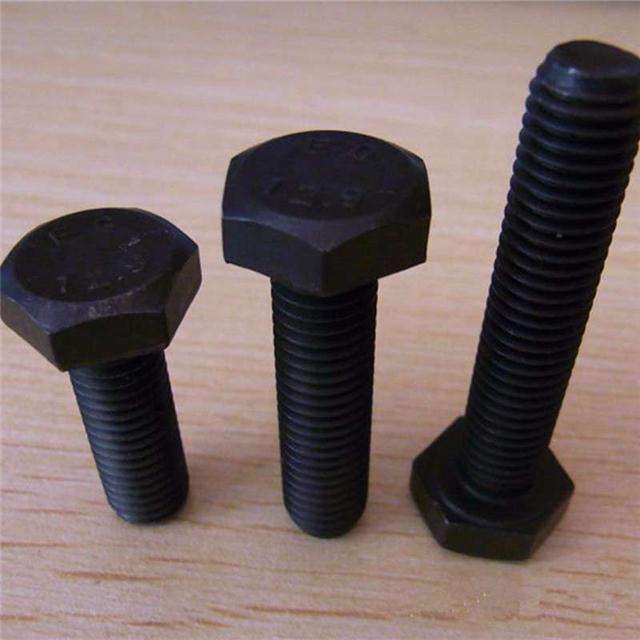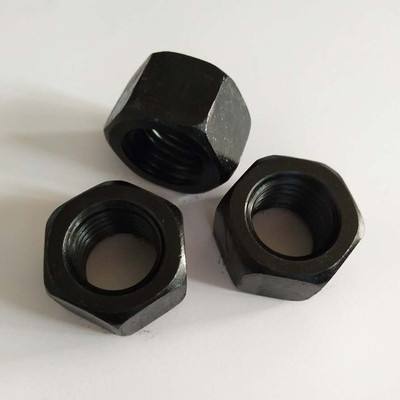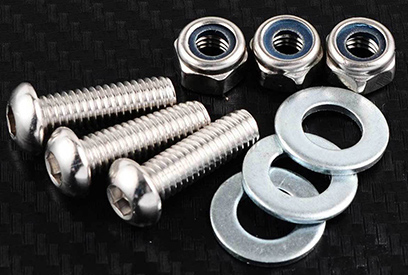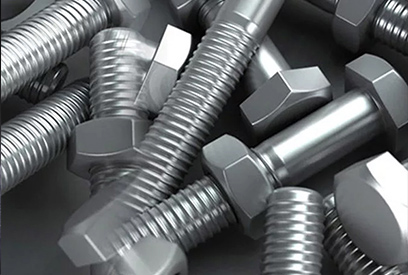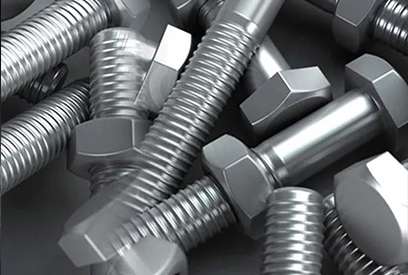1. Ordinary external hexagon: it is widely used, and its characteristic is that the fastening force is relatively large. The disadvantage is that there must be enough operating space during installation. You can use an adjustable wrench, open-end wrench, or glasses wrench during installation. The above wrenches need a large operating space.
2. Cylindrical head hexagon: It is the most widely used among all screws, because it has a relatively large fastening force, and it can be operated with an Allen wrench. It is very convenient to install and is used in almost all kinds of structures. The appearance is more beautiful and tidy. The fastening force is slightly lower than that of the outer hexagon, and the inner hexagon is easily damaged by repeated use, making it impossible to disassemble.
3. Pan head inner hexagon: rarely used in machinery, with the same mechanical properties as above, mostly used in furniture, the main function is to increase the contact surface with wooden materials and increase the ornamental appearance.
4. Headless inner hexagon: It must be used in some structures, such as the top screw structure that requires a large jacking force, or where the cylindrical head needs to be hidden.
5. Countersunk inner hexagon: mostly used in power machinery, the main function is the same as the inner hexagon.
6. Nylon lock nut: A nylon rubber ring is inlaid on the hexagonal surface to prevent the thread from loosening, and it is used in strong power machinery.
7. Flange nut: It mainly plays the role of increasing the contact surface with the workpiece, mostly used in pipelines, fasteners, and some stamping parts and castings.
8. Ordinary hexagon nuts: the most widely used, and generally one of the most common fasteners.
0



